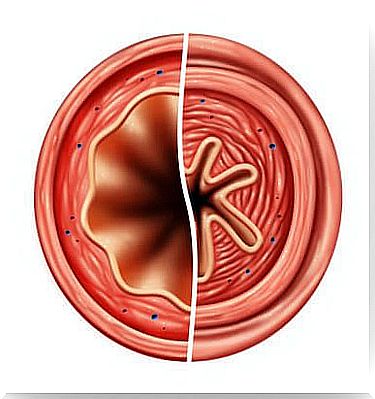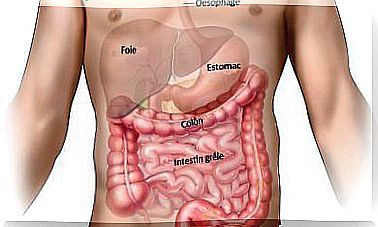Asthma: How Do Asthma Medications Work?
Asthma medications are drugs used to treat asthma. There are several combinations of drugs used in this disease.

Asthma is a chronic respiratory disease, in other words, people suffer from it for life. The bronchi become inflamed and their diameter reduced, thus reducing the amount of air reaching the lungs with each inspiration.
In addition, the bronchi are the two main branches into which the trachea divides within the respiratory system.
A swelling occurs also because u do abnormal allergic reaction to certain normal stimuli. The bronchi in fact become more sensitive or exhibit hyperreactivity to the external environment. This especially in case of cold, moderate physical exercise, tobacco smoke, etc. The bronchi then “close” and prevent the patient from breathing normally.
Although we know the triggers for asthma attacks, the exact cause of the disease has not yet been identified. It also has a genetic component as it is more common in patients with a family history.
In addition, patients alternate periods without showing symptoms with periods of possible asthma attacks. Among the most common signs we find coughing, wheezing or noises of breath and difficulty in breathing (dyspnea), even at rest. Other common symptoms are the presence of mucus, sneezing, etc.
Once diagnosed, the medical team will offer the patient the best treatment options. N We can differentiate two therapies among treatments :
- Adaptation of lifestyle. This relies on adopting a series of simple guidelines for avoiding asthma attacks and characteristic symptoms. For example, avoid environments that hinder the activities of the respiratory system.
- Administration of asthma medication to relieve the patient.
What are asthma medications?
This medical term generally refers to a group of drugs used to treat asthma. These are administered both for asthma attacks and as a preventive measure.

We can also differentiate di towards types of drugs according to their characteristics and their effects on the patient. In all cases, the medical team should inform the patient of any side effects. The effectiveness and duration of the chosen treatment will also be examined.
What types of asthma medication are there and how do they work?
The most commonly used types of asthma medication are:
Anti-inflammatory
They are administered to reduce possible inflammation of the mucous membrane in the bronchi. Corticosteroids such as fluticasone, budesonide or beclomethasone are usually used.
Chromones, such as sodium cromoglycate or sodium nedrocromil, may also be recommended. The doses currently developed can be taken by inhalation or orally. They are in any case able to maintain the pathology without symptoms.
Bronchodilators
This category of drugs includes :
- The adrenergic agonists b eta-2. These are the most recommended bronchodilators by the medical team. They act on the muscle tone of the bronchi and relax the airways quickly and effectively. They do this by blocking the action of a chemical compound, acetylcholine.
- The m éthylxanthines. They are also responsible for the relaxation and expansion of the bronchi. They can improve blood circulation to the area. The activity of the heart thus improves, and the bronchi recover by the same their capacity of ventilation.

Antihistamines
This group of chemical compounds decreases sensitivity to allergens. They therefore inhibit anaphylaxis or hypersensitivity to cold, tobacco smoke, etc. bronchi. It is thus possible to control the symptoms of asthma. These include watery eyes, sneezing, itching in the eyes and other nasal signals.
Immunotherapy
It is applied in patients with a strong allergy to a compound that triggers the symptoms. Usually, the compounds or the allergen itself are administered in minimal amounts.
The patient’s body gradually adapts to the trigger, thereby reducing the effects of the asthma attack. One of the most widely used substances is Omalizumab.
Leukotriene receptor antagonists
Antagonists Leukotriene receptor ag issent also com antiinflammatory me airways affected. We can thus control the possible symptoms.
Bronchial thermoplasty
This is a technique that we are currently testing. It consists of a controlled application of heat in areas of hyperreactivity to reduce inflammation in the presence of foreign agents.









